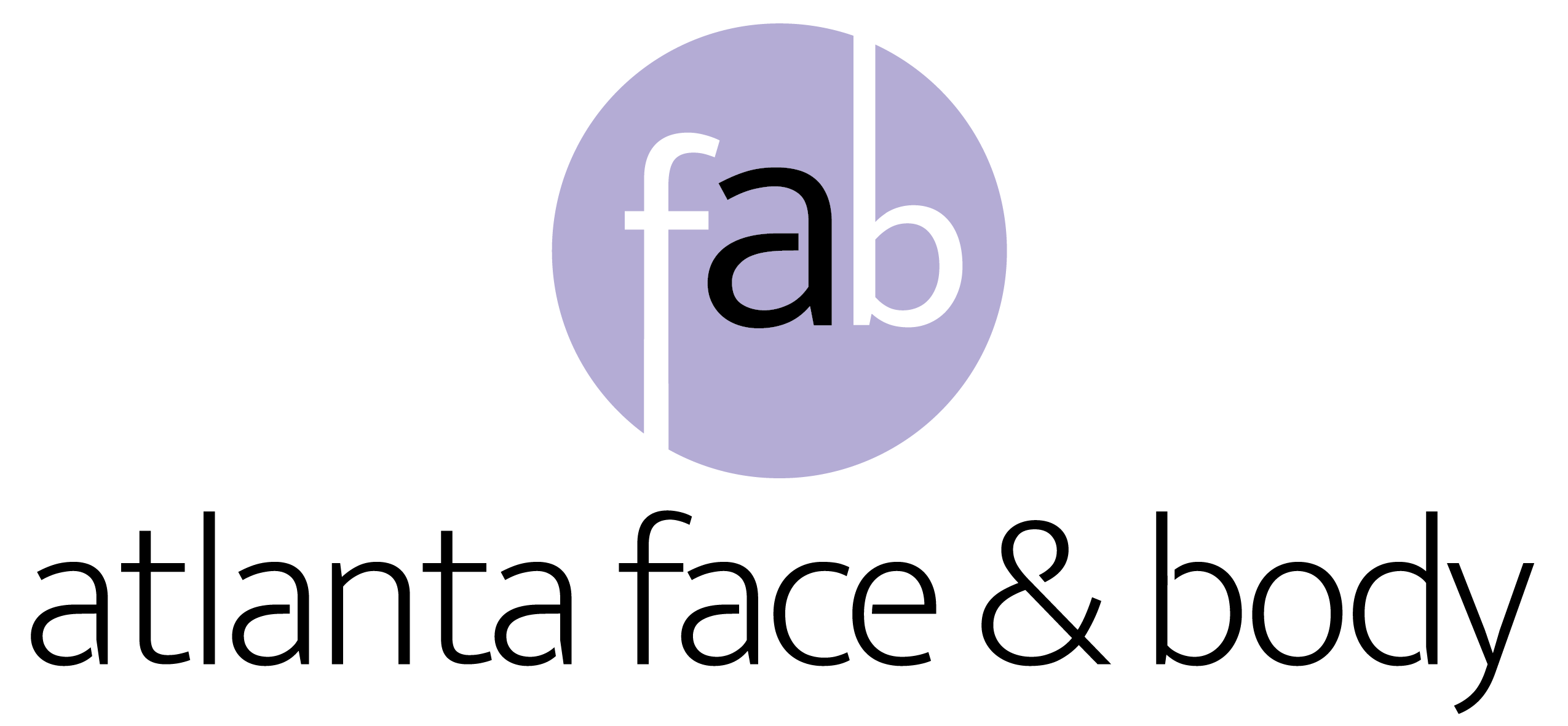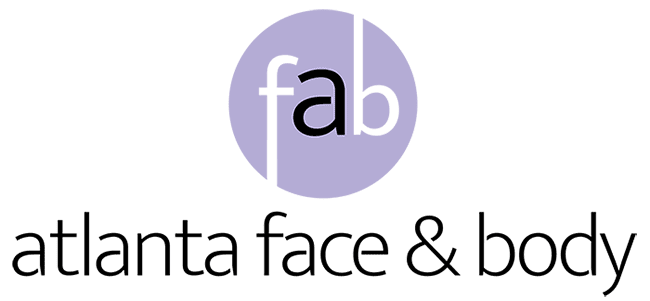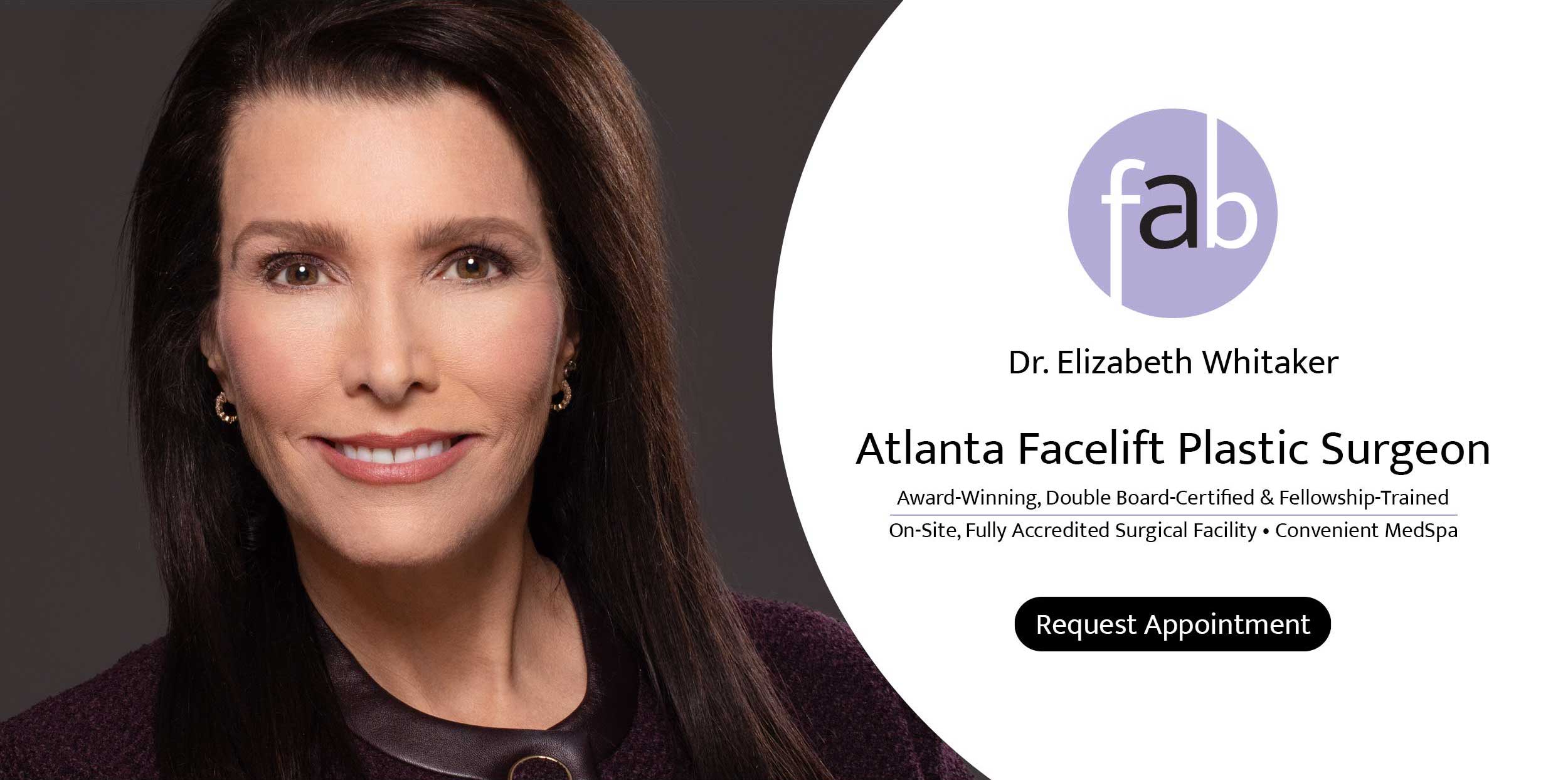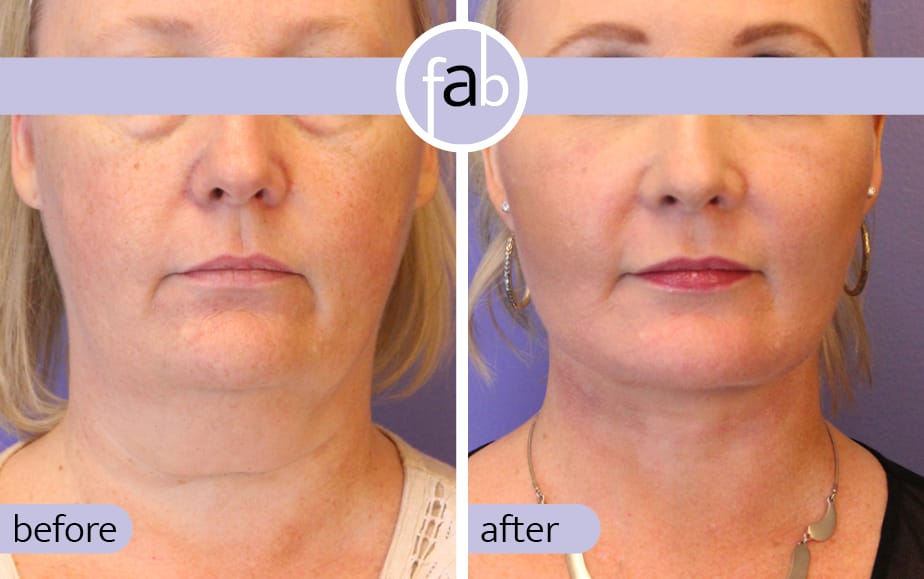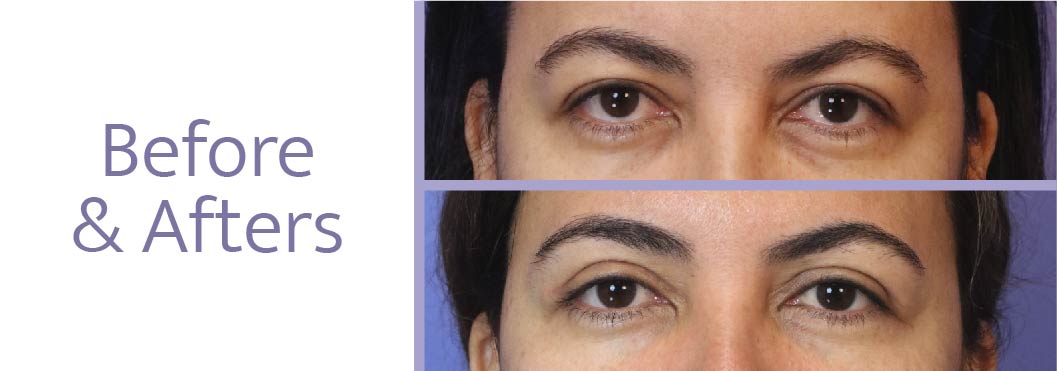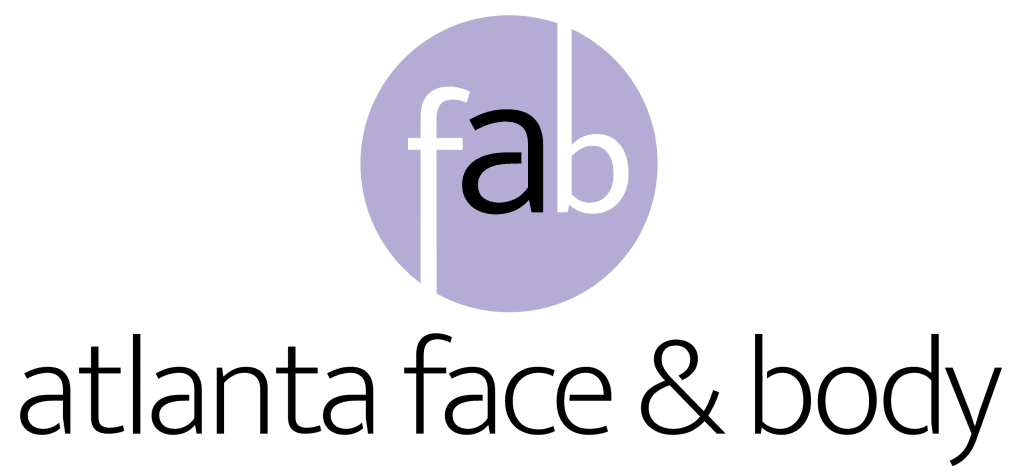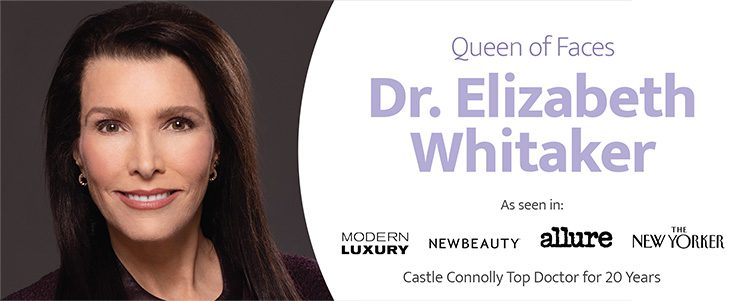

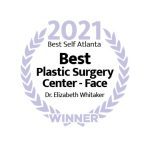
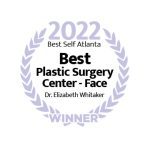
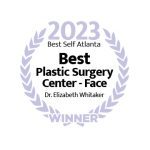



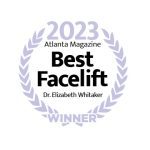

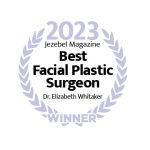
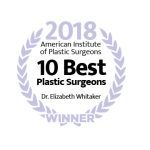




Atlanta Facelift Plastic Surgeon
Atlanta Face & Body, led by Elizabeth Whitaker, M.D., F.A.C.S., offers complete cosmetic surgical and non-surgical treatment options for adult women and men. Her approach includes her very own trademarked Prejuvenation, or allowing those in the younger ages to stave off the inevitable aging process through healthy, smart treatment options. As we all go through life and experience the inevitable signs of aging, Dr. Elizabeth and her professional staff partner with you as part of a lifelong journey toward a more youthful, fresh appearance. Click Here to visit our Before and After Gallery.
With double board-certified Plastic Surgeon Dr. Elizabeth Whitaker having performed over 5,000 facelifts, she has it down to an art and science. Our state-of-the-art, AAAHC-accredited* Plastic Surgery Center at Atlanta Face & Body was designed with every aspect of your comfort, well-being, convenience, and privacy in mind.
We can accommodate all your aesthetic needs, with a full-service menu of surgical, non-surgical, and minimally invasive treatments all in one place. Our staff maintains the highest standards in confidentiality, privacy, and comfort for our patients’ peace of mind. Pre- and post-operative entrances provide privacy so you can directly enter our suite from your vehicle. We are located within the Perimeter, minutes off I-75 and I-285.
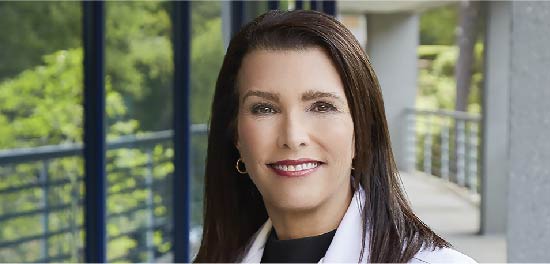
Often called the “Queen of Faces” by her patients, Elizabeth Whitaker, M.D., F.A.C.S., is a double board-certified Facial Plastic Surgeon in Atlanta who has performed thousands of successful facial cosmetic procedures. She is consistently recognized as one of America’s Top Plastic Surgeons by both her peers and patients.
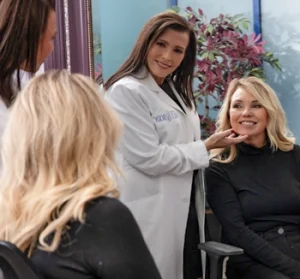
Dr. Elizabeth Whitaker is a double board-certified Facial Plastic Surgeon who has performed more than 5,000 facelifts and counting. Her state-of-the-art, AAAHC-accredited* Plastic Surgery Center was designed with every bit of your safety, comfort, and privacy in mind, including separate pre- and post-operative entrances for entering our suite directly from your vehicle. We take pride in accommodating all of your aesthetic needs with a full-service menu of surgical, non-surgical, and minimally invasive options (including popular med spa treatments). Our staff consists of extremely knowledgeable, friendly professionals who have a collective goal of helping each client achieve their most desired beauty goals. It’s all about helping you look and feel fabulous. We are located within the Perimeter, minutes off I-75 and I-285
*Accreditation of Ambulatory Surgery Facilities
Meet Dr. Elizabeth
You don’t earn the title “Queen of Faces” from your patients without a proven track record of surgical excellence. Elizabeth Whitaker, M.D., F.A.C.S., is a double board-certified Facial Plastic Surgeon in Atlanta who has proudly performed thousands of successful facial cosmetic procedures. She is consistently recognized as one of America’s Top Plastic Surgeons by both her peers and patients and is widely sought out for her vast anti-aging surgical and non-surgical expertise. Helping you achieve optimal facial rejuvenation through natural-looking results is what she strives for every day. Get know the woman behind the anti-aging magic by visiting the biography page for the Atlanta Plastic Surgeon.

When facial plastic surgery is the best option, Atlanta area residents turn to Dr. Elizabeth Whitaker who has performed thousands of these procedures while focusing on natural-looking results. “Knowing my patients can look their personal best, rather than like a different person, makes all the difference.” This approach to facelifts – and all facial plastic surgical procedures, such as a cheek lift or lower and upper eyelid lift – is the approach Dr. Elizabeth takes with all of her treatments.
For Dr. Elizabeth, a full facelift is the ultimate fusion of artistry and technical skill with the intention of restoring a youthful glow back to the face. Thousands of people have turned to Dr. Elizabeth for her surgical expertise and consistent natural-looking facelifts and to help remove double chins. She has performed more than 5,000 facelifts and countless other aesthetic procedures as well as received numerous accolades throughout her career. She considers her line of work more of a calling to help her patients live more confidently and become the “fabulous” they deserve to be.
For Dr. Elizabeth, a full facelift is the ultimate fusion of artistry and technical skill with the intention of restoring a youthful glow back to the face. Thousands of people have turned to Dr. Elizabeth for her surgical expertise and consistent natural-looking facelifts. She has performed more than 5,000 facelifts and countless other aesthetic procedures as well as received numerous accolades throughout her career. She considers her line of work more of a calling to help her patients live more confidently and become the “fabulous” they deserve to be.
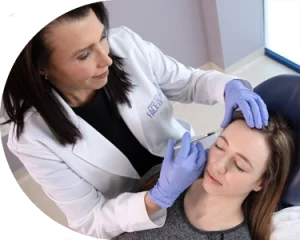
Not everyone’s beauty goals require surgery to attain them. Therefore, we offer a host of advanced non- to minimally invasive treatment options through our FAB Med Spa to tackle aging and imperfection concerns from A to Z. From neurotoxin or dermal filler injections for smoothing out wrinkles and replacing lost volume to top-of-the-line laser technology, ultrasound energy, body contouring, and microneedling offerings for improving skin texture, boosting natural collagen, sculpting areas of the body, and overall enjoying a more polished look, we’ve got lots to offer to meet your personalized needs.
Of course, we’re proud to be a premier provider of surgical facelift options, but we understand that people of all ages are opting for less invasive skin treatments to rejuvenate their look. An even younger generation today is opting for certain treatments as a means of “prejuvenation” to ward off the signs of aging before they even start. Whether you fit into that demographic or you’re a little more “advanced,” chances are we’ve got just the thing to help.
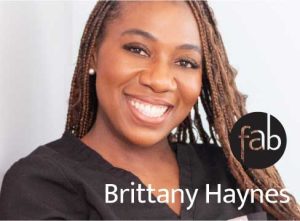
Brittany Haynes
Advanced Aesthetic Registered Nurse When it comes to neurotoxins and fillers, Brittany Haynes, MSN, APRN,

Cindy Martin
Patient Care Consultant Cindy grew up in Michigan and studied at Ross Business Institute. In
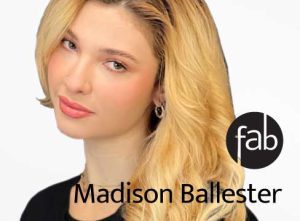
Madison Ballester
Licensed Aesthetician Georgia native Madison Ballester first fell in love with professional skincare and makeup

Hailee Nichols
Medical Aesthetician & Assistant Laser Technician Life is just better when it’s lived with confidence,

Samantha Duffey
Patient Care Consultant Samantha has worked with Dr. Elizabeth since 2007. After a brief stint

Lower Blepharoplasty Recovery: What to Expect
You start your day by sleepily shuffling into the bathroom. Then, you load your toothbrush and get to brushing. You notice bags under your eyes

Skin Tightening Treatments for Stomach Stretch Marks: Does It Work?
Have you ever looked in the mirror and wished for a magic wand to erase those stretch marks stretching across your stomach? You’re not alone.
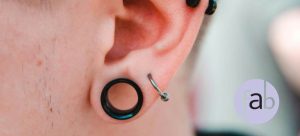
What is Earlobe Repair?
Earlobe repair is a cosmetic surgery procedure designed to address damage or stretching of the earlobes, restoring them to their natural shape and appearance. During the
Our Booking & Cancellation Policies
- To book ANY appointment we need to collect your credit card information. This guarantees your space!
- For any services exceeding $500, we require a 50% deposit at time of booking.
- You must provide us with a notice of cancellation more than 24 hours ahead of your appointment. Any cancellations made within 24 hours of your appointment will incur a $50 Cancellation fee
- Non-cancellations or “NO-Shows” will be charged the full amount of the original service booked.
Our Booking & Cancellation Policies
- To book ANY appointment we need to collect your credit card information. This guarantees your space!
- For any services exceeding $500, we require a 50% deposit at time of booking.
- You must provide us with a notice of cancellation more than 24 hours ahead of your appointment. Any cancellations made within 24 hours of your appointment will incur a $50 Cancellation fee
- Non-cancellations or “NO-Shows” will be charged the full amount of the original service booked.
